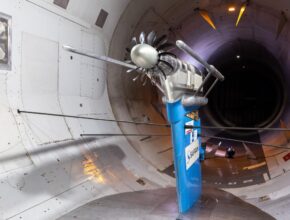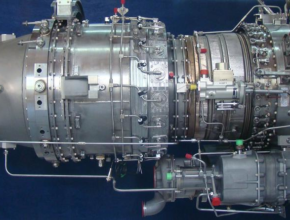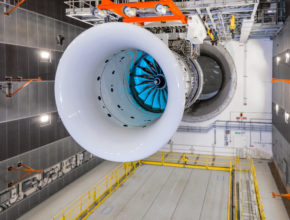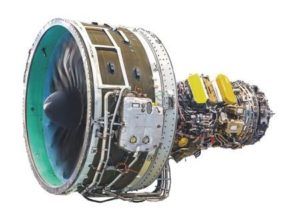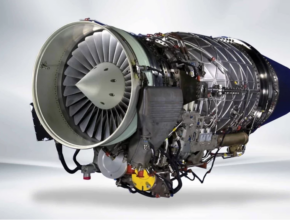
Honeywell and ITP Aero Team Up to Bring Engine Repairs to Europe
Honeywell and ITP Aero have joined forces to establish the first European-authorized service center for Honeywell’s F124-GA-200 engine. Located at ITP Aero’s Ajalvir facility in Madrid, this new center will …
Honeywell and ITP Aero Team Up to Bring Engine Repairs to Europe Read More


